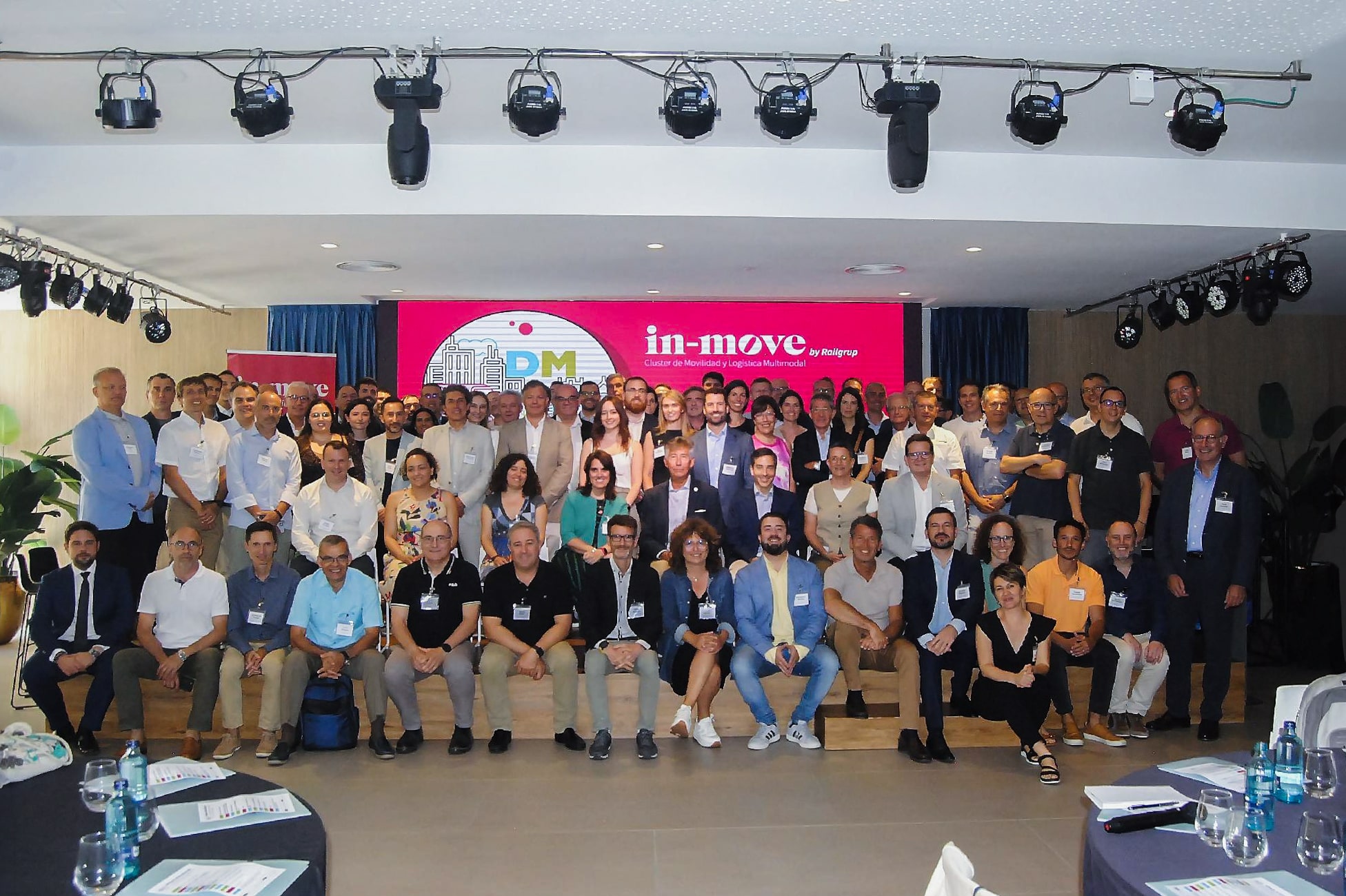Retail media: from digital to physical retail

The traditional retail media strategy in digital channels can be transferred to physical stores, with a benefit for the retailer, the brands and the customer, who will enjoy a completely satisfactory shopping experience.
Tabla de contenidos
ToggleOne of the main advantages of retail media is its ability to reach consumers at the right time and in the right place.
Retail is a clear example of how, despite the increase in online shopping, physical retail is impossible to replace. For this reason, the retailers of the retailers of the future are adapting their sales and marketing strategies to a hybrid environment, where both worlds coexist and complement each other. Within the retail sector trends, retail media is presented as a strategic weapon to improve sales and be closer to customers.
What is retail media
The main objective of the companies that make up the retail sector, regardless of whether it is digital or physical retail, is to be closer and closer to the customer. Solutions such as Digital Customer Engagement by aggity allow you to understand user needs, generate personalized communications and take advantage of real-time marketing automation through the use of analytics and artificial intelligence.

These solutions make use of the vast amount of data generated by customers, both on digital platforms and at a retailer’s physical point of sale. These data include purchasing habits, characteristics of the products purchased, times at which they shop, type of promotions that are most effective, etc. With this data set, specific ads are created for each of them, which appear, for example, on the e-commerce platform. Thanks to the use of analytics, marketing departments can segment audiences and display fully customized advertisements for each customer. This is the main characteristic of retail media.
Retail Media at the point of sale
But since customers are not going to stop visiting physical stores, retailers are incorporating the retail media strategy into their stores. Also known as point-of-sale advertising, it aims to enable retailers to monetize their audience and offer advertising space to promote products and services of different brands.
One of the main advantages of retail media is its ability to reach consumers at the right time and in the right place. Retail media takes advantage of virtually everything as it leverages advertising space found in physical stores, on websites and in mobile apps. Thanks to omnichannel and through data analytics, brands can present their marketing and advertising messages just when consumers are most likely to make purchasing decisions, resulting in increased advertising effectiveness.

More advantages of retail media
For the retailer who owns one or more physical stores, retail media also offers the possibility of increasing revenues by opening up the advertising space in a store to other brands. In this way, the retail sector can monetize these spaces and obtain a steady stream of revenue through advertising agreements. On the other hand, brands can benefit from the reputation of the retailer and, in this way, increase the visibility of their products and, thus, increase the number of sales. Brands will also be able to evaluate the effectiveness of certain in-store campaigns.
We are talking about a successful strategy, but keep in mind that retail media can also fail if campaigns and promotions are not managed properly. The use of data analytics is critical to the customer’s enjoyment of a positive phygital experience. It is not about launching meaningless campaigns because you run the risk that the customer will feel pressured and, then, their buying experience will be negative.
Últimos posts

IBM Think 2024 bets on Generative Intelligence and It Automation solutions

aggity participates in the “Mobility Dialogues” meeting organized by IN-MOVE by Railgrup

aggity appoints Diego Viudes as new commercial director for the spanish business

Key developments in green innovation

Aggity signs a commercial agreement with Sener to address energy efficiency and decarbonization projects in the industrial sector.

“Sustainability, without data, is simply a pipe dream.”

Improvements in corporate data protection





